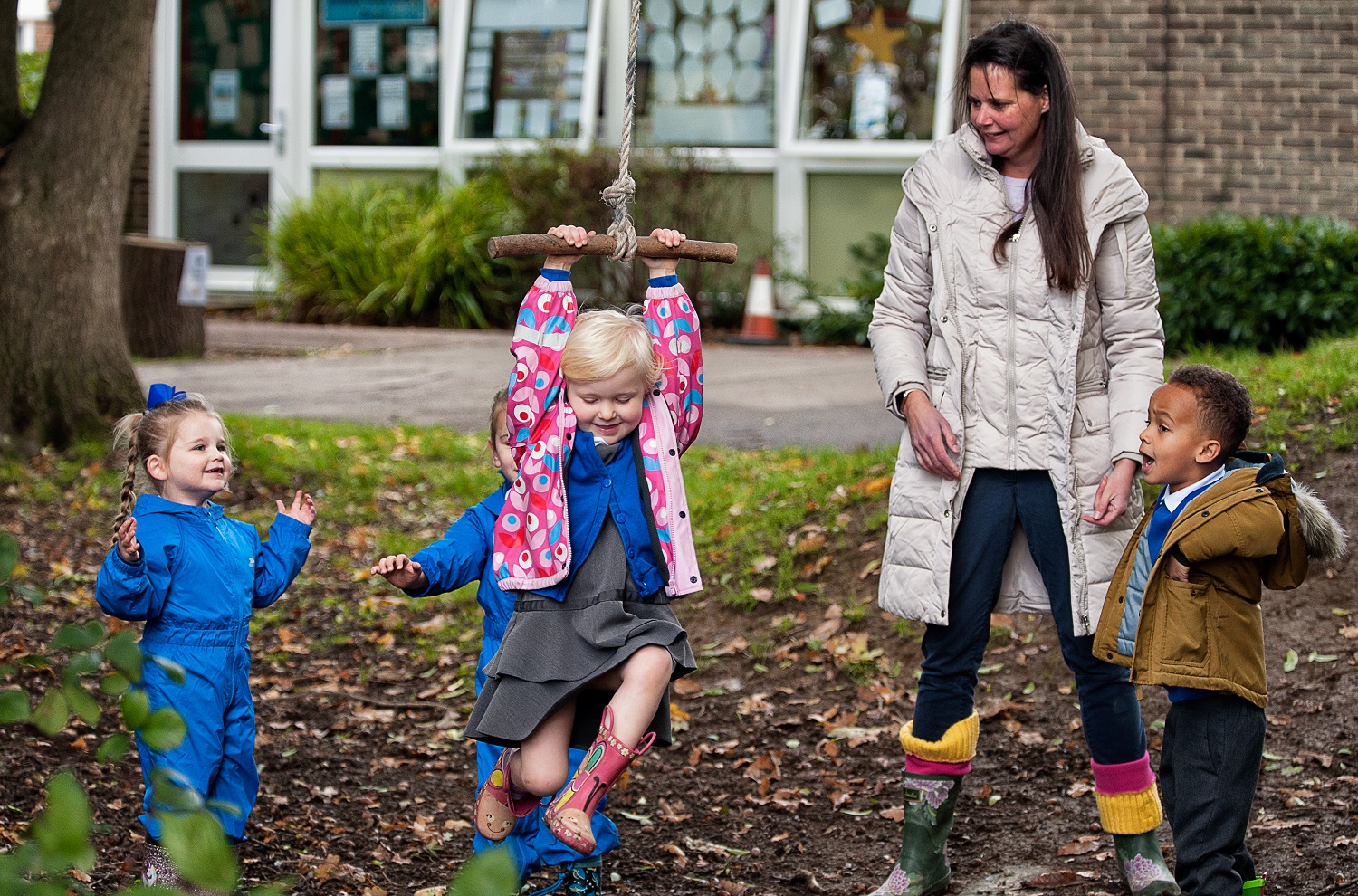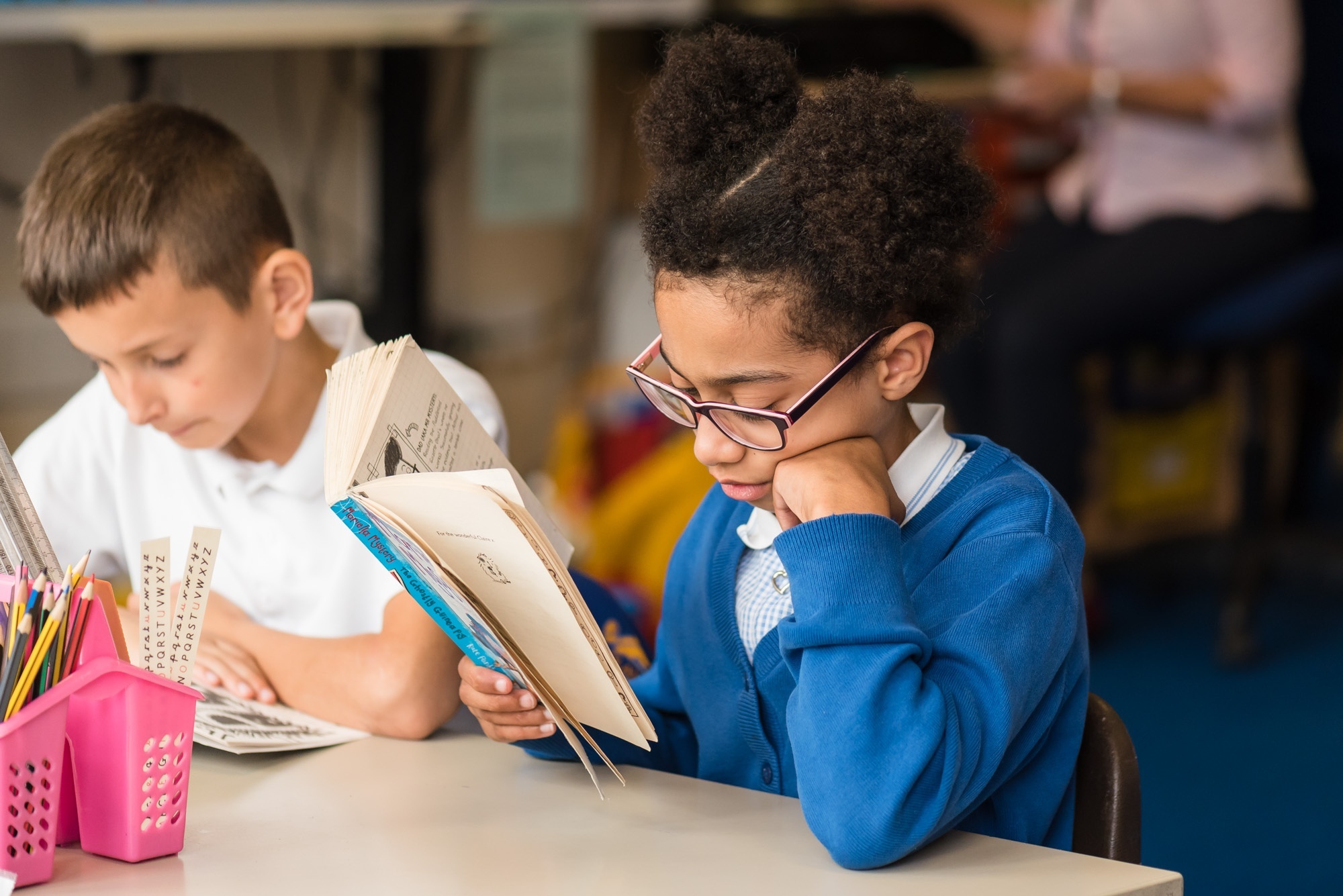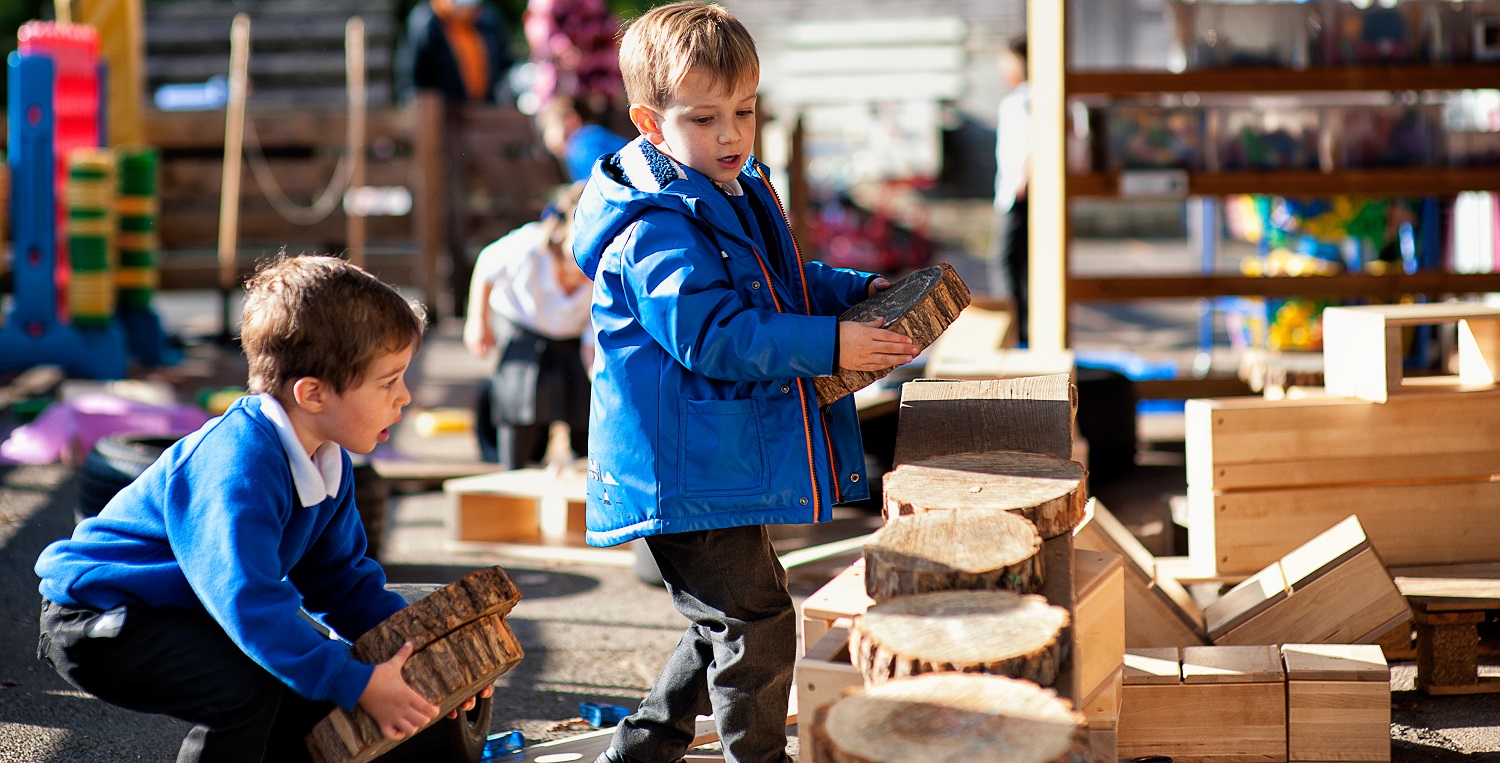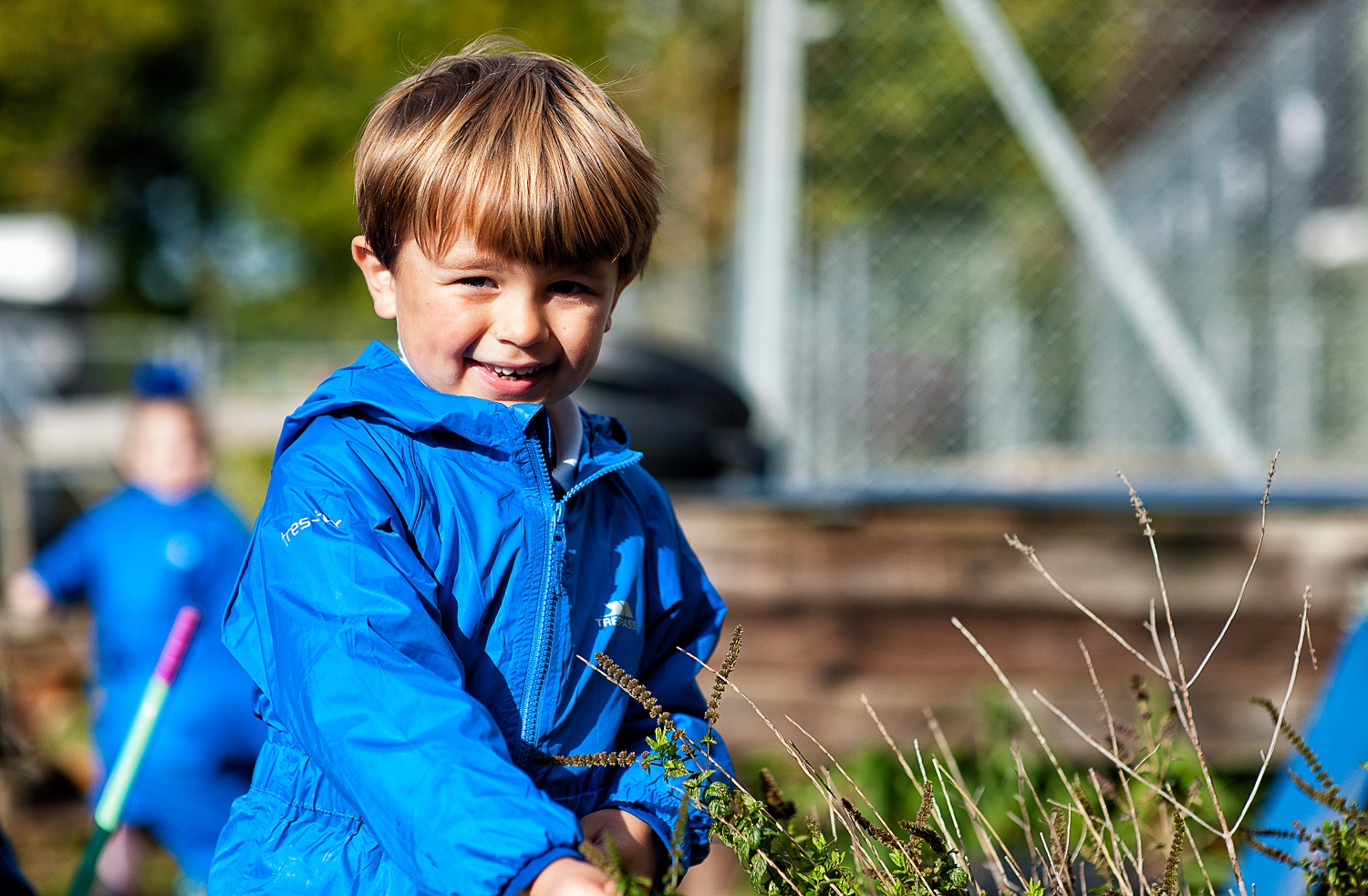Computing
For most of us, technology is an essential part of our daily lives. It is our goal at Woodlands to equip our children with the fundamental skills, knowledge and understanding of computing to enable them to participate effectively and safely in a digital world.
As such, we take great pride in our computing curriculum and the rich experiences it provides our children. Through meticulously planned lessons we teach a balanced progressive coverage of the three strands of the National Curriculum from EYFS up to Year 6. Our teachers also actively seek opportunities for cross-curricular links to further the time the children have to practise and hone their skills and understanding of computing.
The three strands of the curriculum are digital literacy (which includes E-Safety), information technology and computer science.
Digital literacy (including E-Safety)
Digital literacy is the ability to use computer systems safely, confidently and effectively.
In this strand, we teach the children how to safely and responsibly use technology. This includes recognising its advantages and the opportunities for collaboration and communication it offers.
We also discuss with the children the importance of balancing time on screen with time exploring
the real world.
E-Safety
E-Safety at Woodlands begins in Reception where it is delivered through stories and progresses all the way through the school. By Year 6, virtual learning environments are explored to enable our children to transition smoothly into the expectations of secondary education. E-safety is a key aspect of our teaching of computing and permeates every lesson. In addition to this, each year group will engage with a block of work on E-Safety appropriate to their age and the current trends. In an ever-changing environment, we recognise the importance of keeping up-to-date with the needs of the children. We, therefore, regularly revise and improve our E-safety provision to meet those needs. We are passionate educators of online safety and wellbeing, aiming to educate not only our children but also to keep their parents and guardians informed as well.
Information technology
Information technology deals with the creative and productive use and application of computer systems.
In this strand, we focus on the use of computers for everyday practical purposes. For example, by using a variety of software to present information and by teaching the use of appropriate search engines to research topics.
E-safety is also a key element of the information technology strand as children learn how to search the World Wide Web safely and report on anything that worries them.
Computer science
Computer science is the study of the basic principles and practices of computational thinking and the application of this in the design and development of computer systems.
In computer science, children gain an understanding of how computers and networks work. Children learn how to program, debug and anticipate the outcome of algorithms.
With access to up-to-date technology and a commitment from us to ensure we always seek to provide these resources, we are confident that the teaching of computing at Woodlands is robust and current.










